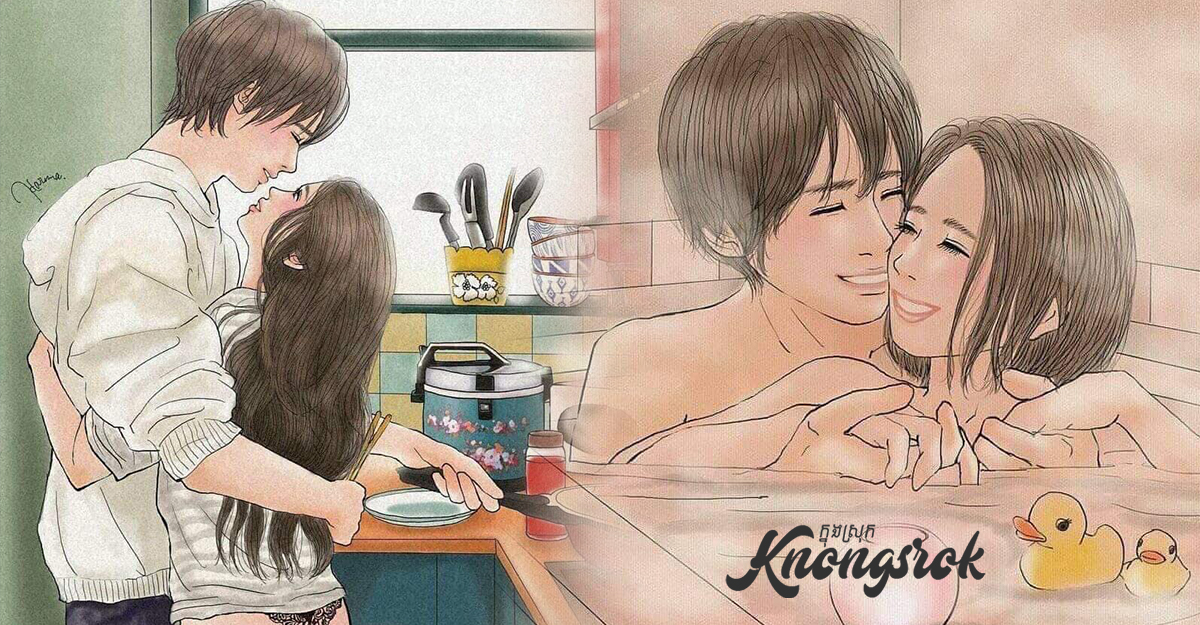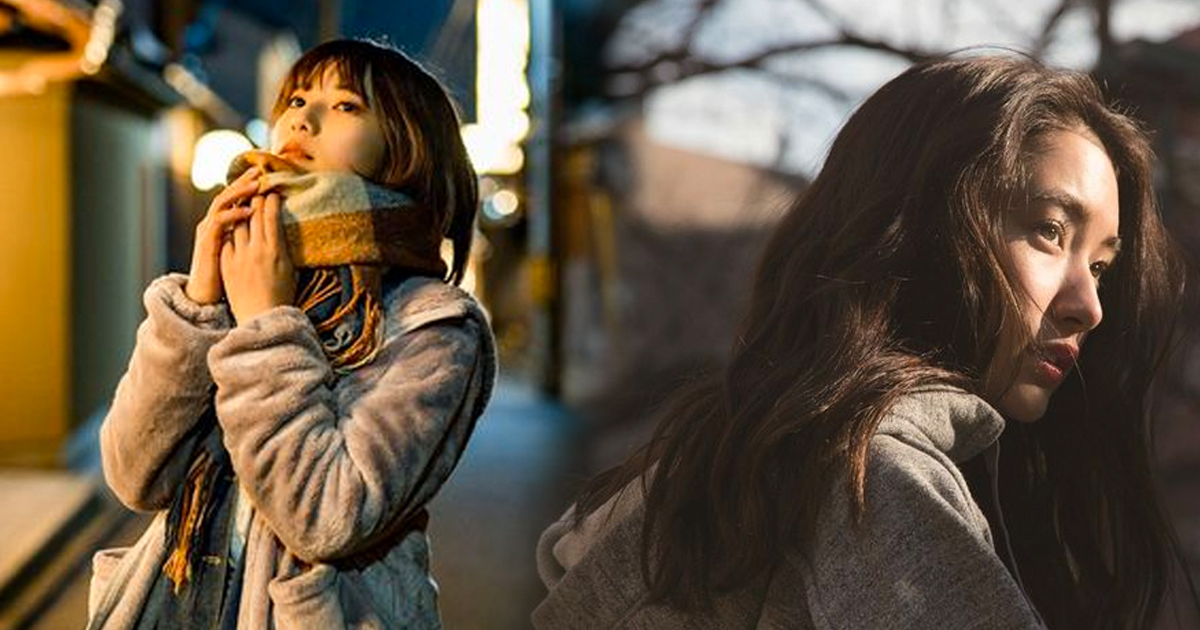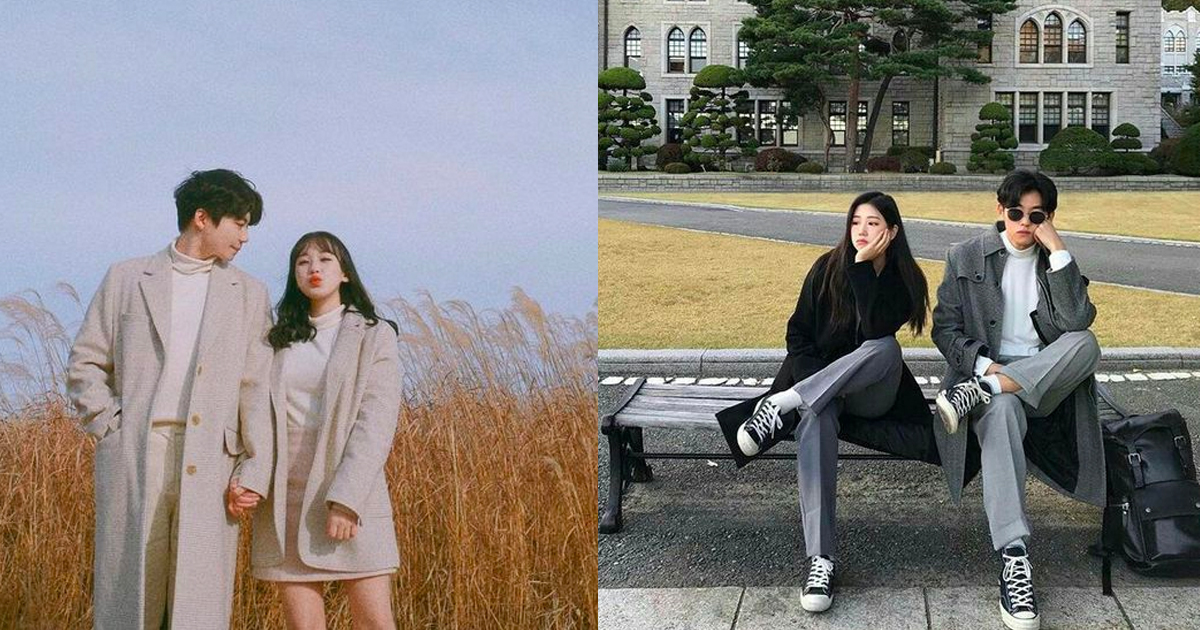8 Things We Didn’t Notice in Frozen That Prove It’s Deeper Than We Thought
In 2013, Frozen conquered the hearts of many and got the highest box office earnings compared to any other animated films. Every little girl has been singing “Let It Go” since, and the hype Frozen got likely crosses all lines. It seems to be another movie about singing princesses but if we look deeper, it’s carefully thought through and real, which is what makes it a true masterpiece.
Here at Bright Side, we’ve done a little research on this hit movie and have found so many mesmerizing details that it’s truly impossible not to fall in love with it on the spot. But beware: spoilers of the first movie are to come!
1. Perfectly imperfect: characters that fall right into our hearts
It’s hard to deny that the characters in Frozen have outstanding personalities. No one is amazingly perfect, they all fight their own demons, have ambitions and fears — and that’s why we can’t help but empathize with them.
© Frozen / Walt Disney Animation Studios

Anna has a passion for sweets and food in general and is so funny and clumsy, that it’s impossible not to adore her. She’s so much like real girls that anyone can likely relate to her. Open-minded and caring, she keeps the bond with her sister and believes in her more than anyone.
© Frozen / Walt Disney Animation Studios

Elsa has a very complicated personality and has been through it all, trying to live by the rules she could never fit in to. She was raised seeing her strengths as weaknesses and her uniqueness as something that should be hidden and ashamed of, like many people nowadays.
She’s a dramatic character who had way more on her shoulders than any girl could bear. Her fight with herself and others was her way of realizing she’s not alone and that she does fit in, which is truly heartbreaking.
2. A manipulator tricked all of us and we didn’t even notice.
Hans is a typical manipulator who “mirrors” anyone he talks to, behaving differently with different people. With Anna, he’s funny and goofy and feeds her words she wants to hear. He’s brave around soldiers, kind with citizens, and malicious around the Duke of Weaseltown.
Hans turning out to be evil wasn’t an unreasonable plot twist. He was evil from the very beginning and he didn’t only trick Anna, but all of us as well.
© Frozen / Walt Disney Animation Studios

There are many little details that were actually revealing his nature. While singing “I’ve Found My Place” he doesn’t point to Anna, but to Arendelle. Remember that moment when Hans “saved” Elsa in her castle? He wanted it to look as if he saved her, but before he changed the direction of the crossbow, he had noted the chandelier and knew where to target so he’d look like a hero but still kill her.
3. The beyond catchy “Let It Go” is drastically fateful.
At first, Elsa was planned to be evil, but the directors completely changed her personality when they heard the song, “Let It Go”. They saw the character from a different side and loved the song so much, they didn’t want to change it. So instead, they changed the character and that’s how we got our Elsa.
© Frozen / Walt Disney Animation Studios

But it’s not the only way the song is crucial for Elsa —it’s also the exact moment she becomes herself. Before that, she was constantly trying hard to be the kind of girl her parents wanted to see — she even dressed and styled her hair exactly like her mother used to do it. But when she escapes, she finally acts like herself.
She gets rid of her gloves and her heavy coronation cape that symbolizes her past and the expectations she had been trying to follow that weighs her down as she slowly goes up the mountain. After leaving it, she starts to run toward her future self, changes her dress, makes her own hairstyle, and then the new day literally begins.
© Frozen / Walt Disney Animation Studios

Elsa’s powers also reflect her feelings. When she’s confident, it’s beautiful and she’s capable of creating amazing things (including living snowmen, castles and dresses). When she’s afraid, it’s spiky. When she’s lost and in despair, there’s a snowstorm. At the end of the movie, when Hans tells Elsa that Anna died, the snowstorm suddenly breaks because Elsa stops feeling anything.
4. Frozen breaks the rules of a traditional fairytale.
© Frozen / Walt Disney Animation Studios

Frozen definitely challenges standards, including the ones Disney always followed. Although there are some Disney clichés in the movie, many of them are later challenged and questioned.
- The “perfect prince” (Hans) turns out to be evil, and this position goes to Kristoff, who’s definitely far from being perfect.
- The strongest characters are females who show that they can stand up for themselves.
- Anna definitely lacks royal perfection and behaves more like an ordinary girl and Elsa literally slams the door to the concept of the “perfect princess”, deciding to be herself rather than succumb to standards.
5. It’s a story about doors and gloves.
© Frozen / Walt Disney Animation Studios

The movie is filled with doors, which are barriers that represent isolation, closure, and the absence of opportunities. Doors appear and are mentioned very often in the movie, so we will only mention the most important ones.
Firstly, the door to Elsa’s room separated the girls for years and put an end to the sisters’ closeness. Also, there were the castle’s gates that locked up Anna inside. Elsa closes the door at the end of “Let It Go” and the gates of the castle close in front of Kristoff when he brings back Anna, thinking he’s leaving her forever. Hans also closes the door when leaving Anna to die.
© Frozen / Walt Disney Animation Studios

No wonder Anna was willing to open all the doors! Hans and their love was the first “open door” she got, which explains why did Anna fell in love so fast. And yes, that’s exactly what their song is called — “Love Is an Open Door”.
© Frozen / Walt Disney Animation Studios

The other symbol is gloves. They appear when Elsa’s father gives her a pair with the words, “Conceal it, don’t feel it, don’t let it show” and that’s basically what the gloves mean. They illustrate that one often hides something. For Elsa, it was her powers and also herself. She was wearing them all the time, trying to fit in and be a good girl until she escaped. She decided not to hide anymore and threw off her gloves.
© Frozen / Walt Disney Animation Studios

Surprisingly, Elsa isn’t the only one in the movie who wears gloves. And one of the others is...Hans!
He was wearing them throughout the movie, illustrating that he was hiding his personality and intentions the whole time. The only moment when he takes them off and shows his true self is when he reveals his real intentions to Anna. Before he exited the room where he left Anna to die, he had worn the gloves again.
6. Olaf’s way more than just a goofy snowman.
© Frozen / Walt Disney Animation Studios

Anna and Elsa built Olaf together when they were kids and he’s a symbol of their love for each other and their innocence. That’s why he’s so childish and funny! He breaks apart when Elsa accidentally hits Anna with her powers that put an end to their time together.
The whole song “Do You Want to Build a Snowman?” is about how Anna wants to restore their closeness, and although it’s heartbreaking, we know that Elsa did want to go and build the snowman all of these years — it’s actually the first thing she does when she escapes, finally feeling free to let it go.
© Frozen / Walt Disney Animation Studios

There’s also a very important moment in the movie when Elsa sees Olaf in her castle because she realizes she can create something very good, funny, and alive.
7. Even the colors matter and tell a story.
© Frozen / Walt Disney Animation Studios

© Frozen / Walt Disney Animation Studios

Colors reflect the situation and the characters’ personalities and feelings. For example, Anna has red hair and usually wears green or “warm” colors, whereas Elsa’s hair is white and she is always in shades of “cold” blue. The sisters’ coronation outfits are actually of Arendelle’s national colors: purple and green.
© Frozen / Walt Disney Animation Studios

What’s even more interesting, is Elsa’s ice castle changes colors according to her mood. It’s blue when she’s calm and happy, red when she’s scared, and yellow when she’s angry.
8. There are deeper things behind the singing princess sisters.
© Frozen / Walt Disney Animation Studios

Yes, the movie is about the love of 2 sisters, but there are even more things implied that Frozen teaches us in the meantime.
- Kristoff and Anna show us that finding love takes time and effort, and it means overcoming difficulties together and sticking to each other during tough times.
- With Elsa, issues of mental health are portrayed. During the coronation, Elsa’s hands shake and she probably suffers from anxiety disorders and panic attacks. With the positive example of Elsa who does her best, the movie shows that people with mental disorders are not “crazy”.
- The movie is also about self-acceptance and how important it is to be yourself.
New waves of hype are inevitable, but from now on, we will watch it from a different perspective. Frozen II hits the screens in just a couple of days. Will you be watching with us?










